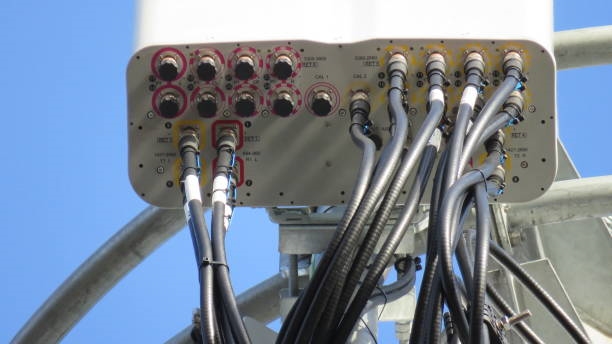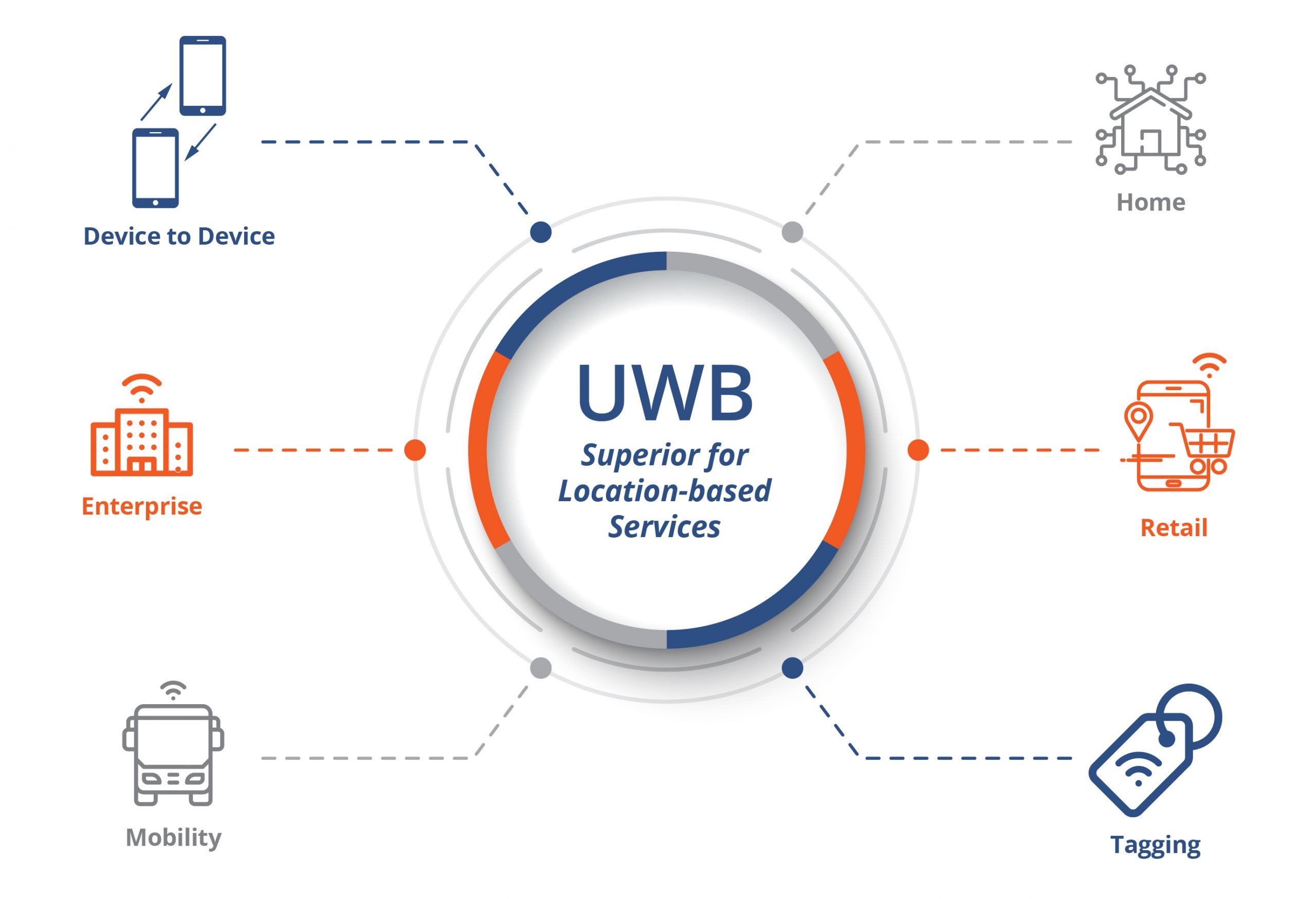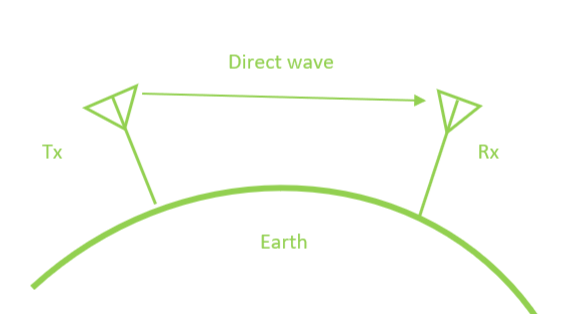Wireless receivers are critical components in communication systems, converting radio signals into usable electrical signals or data. This article provides an overview of typical receiver architectures, their components, performance metrics, and the advantages and disadvantages of superheterodyne, zero-IF, and low-IF designs, tailored for hardware engineers, PCB designers, and embedded developers.
Components of a Receiver System
A typical radio frequency (RF) receiver consists of several key components, each contributing to the signal reception and processing chain:
- Low-Noise Amplifier (LNA): Amplifies weak incoming signals to prevent them from being overwhelmed by noise in subsequent stages.
- Bandpass Filter: Allows only signals within a specific frequency range to pass, suppressing noise and interference outside the desired band.
- Mixer and Local Oscillator (LO): The mixer, working with the LO, downconverts the high-frequency RF signal to a lower intermediate frequency (IF) for easier processing.
- IF Amplifier and Filter: The IF amplifier boosts the signal strength, while the IF filter removes unwanted signal components, enhancing selectivity and interference rejection.
- Signal Processor: Performs demodulation and decoding to extract the original information from the processed signal.
Key Performance Metrics
The performance of a receiver is evaluated based on several critical metrics:
- Frequency selectivity
- Isolation
- Sensitivity
- Blocking and spurious response suppression
- Intermodulation distortion suppression
- Adjacent channel interference suppression
- Spurious emission suppression
Superheterodyne Receiver
The superheterodyne receiver is a widely used architecture that converts the RF signal to an intermediate frequency (IF) before further processing.
Advantages
- Large Dynamic Range: Handles a wide range of signal strengths, ensuring stable performance in diverse environments.
- High Selectivity and Sensitivity: Employs RF pre-selection and IF filters to effectively isolate and amplify the target frequency while suppressing interference.
- Low Sensitivity to I/Q Imbalance: More tolerant to I/Q signal imbalances compared to zero-IF receivers, reducing the need for complex DC offset correction circuits.
Disadvantages
- Image Frequency Interference: Requires measures to suppress image frequency signals, complicating the design.
- Complex and Costly: Multiple IF stages increase circuit complexity, cost, and reduce integration compared to zero-IF receivers.
- Large and Expensive Filters: Uses bulky and costly SAW or ceramic filters, hindering miniaturization and cost reduction.
- Higher Power Consumption: Consumes more power, which may be a drawback in energy-constrained applications.
Zero-IF Receiver
The zero-IF (direct-conversion) receiver downconverts the RF signal directly to baseband, eliminating the need for IF stages.
Advantages
- Simple Structure: Requires fewer components, such as mixers and filters, making it cost-effective and easier to design.
- No Image Frequency Suppression Needed: Direct conversion to baseband eliminates the need for image frequency suppression circuits.
Disadvantages
- DC Offset: Local oscillator leakage into the receive path can cause DC offsets, requiring hardware or software compensation to avoid baseband signal distortion.
- Sensitivity to I/Q Imbalance: Highly sensitive to amplitude and phase mismatches between I and Q channels, which can degrade signal quality.
Low-IF Receiver
The low-IF receiver is a compromise between zero-IF and superheterodyne architectures, downconverting the RF signal to a low intermediate frequency rather than baseband or a high IF. It is particularly suitable for narrowband communication systems.
Advantages
- Relatively Simple Structure: Less complex than high-IF receivers, requiring fewer components and simplifying implementation.
- No DC Offset Issues: By avoiding direct conversion to baseband, low-IF receivers eliminate DC offset problems, removing the need for DC correction.
Disadvantages
- I/Q Imbalance Compensation: Requires digital baseband algorithms to correct for I/Q mismatches, which can cause signal distortion.
- Image Frequency Suppression: Though less severe than in high-IF receivers, image frequency interference remains a concern, necessitating specific filters or design techniques.
 ALLPCB
ALLPCB







